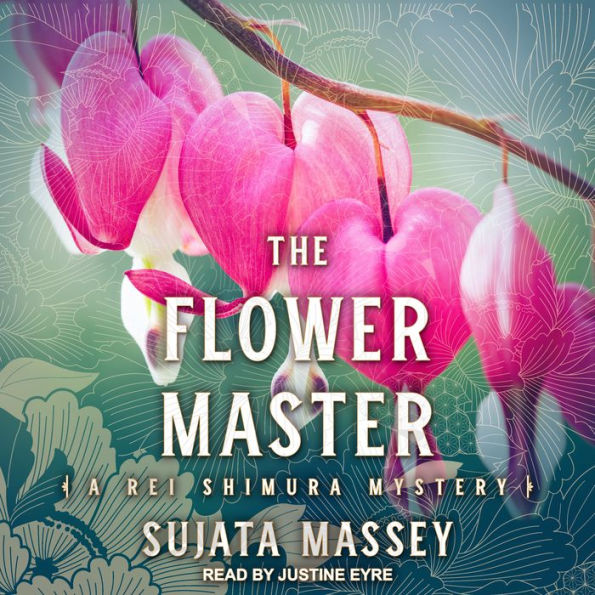[The action never upstages] the local customs, which Rei observes closely and interprets with...quick wit...
The Flower Master (Rei Shimura Series #3)
Rei Shimura, a California girl living in Tokyo, has an antiques business that's only slightly more successful than her love life. When her aunt enrolls her in the Kayama School of Ikebana to learn how to arrange flowers, disaster strikes. A mean teacher is found with scissors in her neck, and Takeo Kayama, the sexy billionaire heir to the school, considers Rei's aunt the main suspect.
Rei strives to prove her aunt's innocence but becomes enmeshed in a web of upper-class ladies, edgy environmental protesters, and young immigrants trying to make it in one of the world's most exciting and expensive cities. As danger rises, clues are sent to Rei in haiku poems that hint her family played a role in an old Kayama School tragedy that threatens not just her romantic future with Takeo-but her own life.
"1018220024"
Rei strives to prove her aunt's innocence but becomes enmeshed in a web of upper-class ladies, edgy environmental protesters, and young immigrants trying to make it in one of the world's most exciting and expensive cities. As danger rises, clues are sent to Rei in haiku poems that hint her family played a role in an old Kayama School tragedy that threatens not just her romantic future with Takeo-but her own life.
The Flower Master (Rei Shimura Series #3)
Rei Shimura, a California girl living in Tokyo, has an antiques business that's only slightly more successful than her love life. When her aunt enrolls her in the Kayama School of Ikebana to learn how to arrange flowers, disaster strikes. A mean teacher is found with scissors in her neck, and Takeo Kayama, the sexy billionaire heir to the school, considers Rei's aunt the main suspect.
Rei strives to prove her aunt's innocence but becomes enmeshed in a web of upper-class ladies, edgy environmental protesters, and young immigrants trying to make it in one of the world's most exciting and expensive cities. As danger rises, clues are sent to Rei in haiku poems that hint her family played a role in an old Kayama School tragedy that threatens not just her romantic future with Takeo-but her own life.
Rei strives to prove her aunt's innocence but becomes enmeshed in a web of upper-class ladies, edgy environmental protesters, and young immigrants trying to make it in one of the world's most exciting and expensive cities. As danger rises, clues are sent to Rei in haiku poems that hint her family played a role in an old Kayama School tragedy that threatens not just her romantic future with Takeo-but her own life.
19.99
In Stock
5
1

The Flower Master (Rei Shimura Series #3)

The Flower Master (Rei Shimura Series #3)
FREE
with a B&N Audiobooks Subscription
Or Pay
$19.99
19.99
In Stock

Editorial Reviews
Product Details
| BN ID: | 2940171071714 |
|---|---|
| Publisher: | Tantor Audio |
| Publication date: | 08/27/2019 |
| Series: | Rei Shimura Series , #3 |
| Edition description: | Unabridged |
Videos

From the B&N Reads Blog
